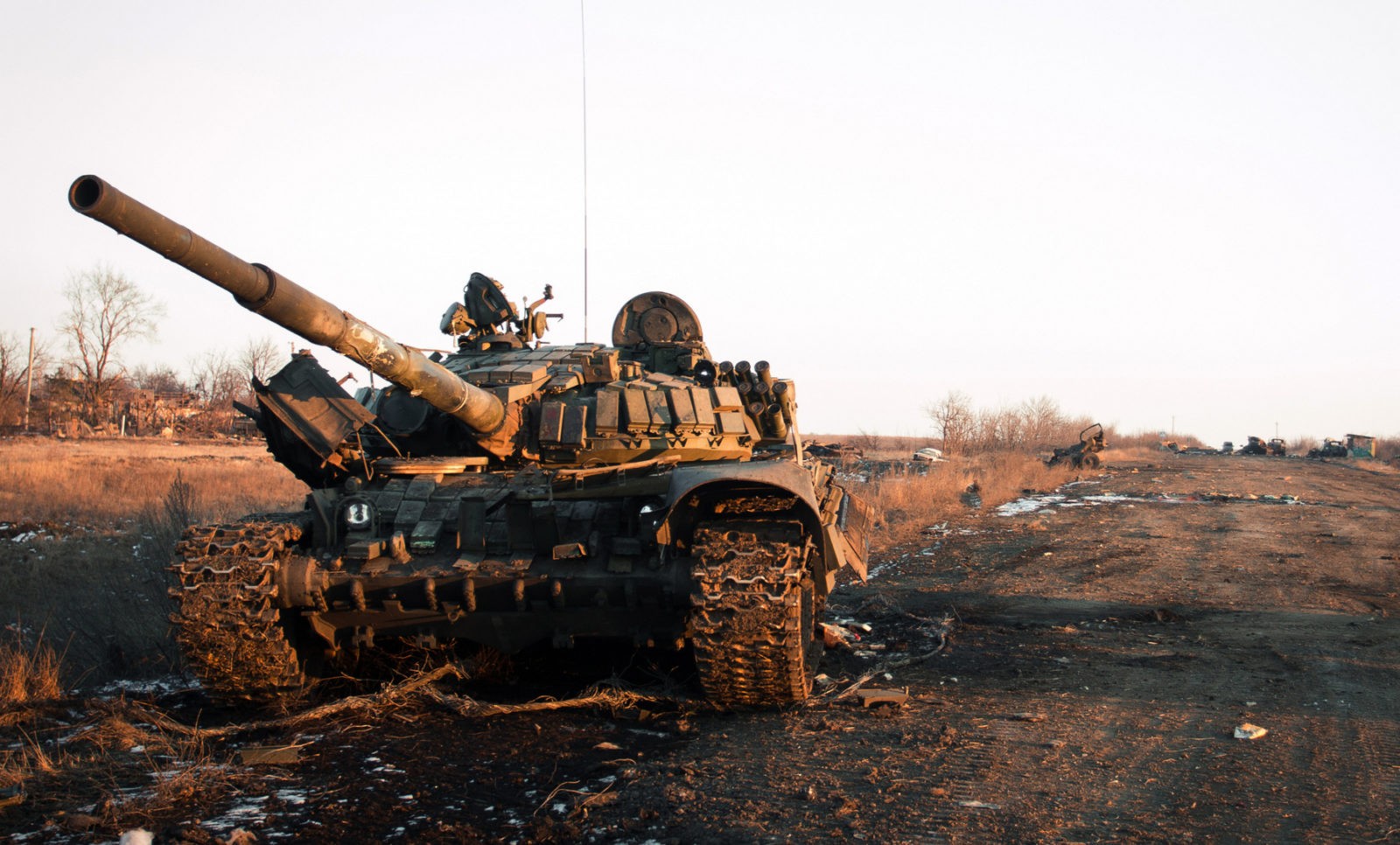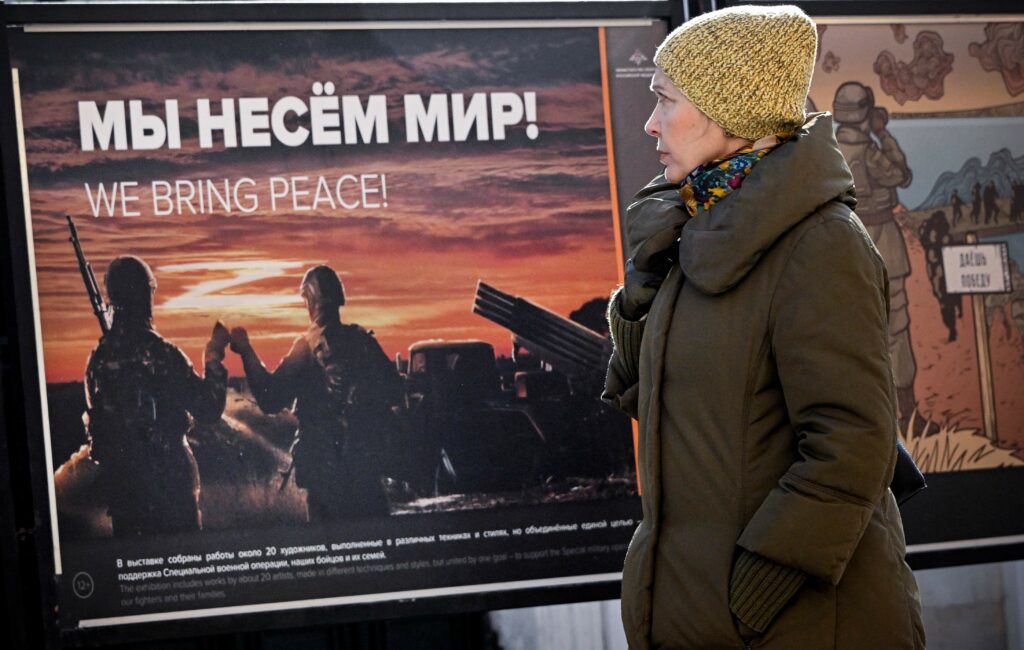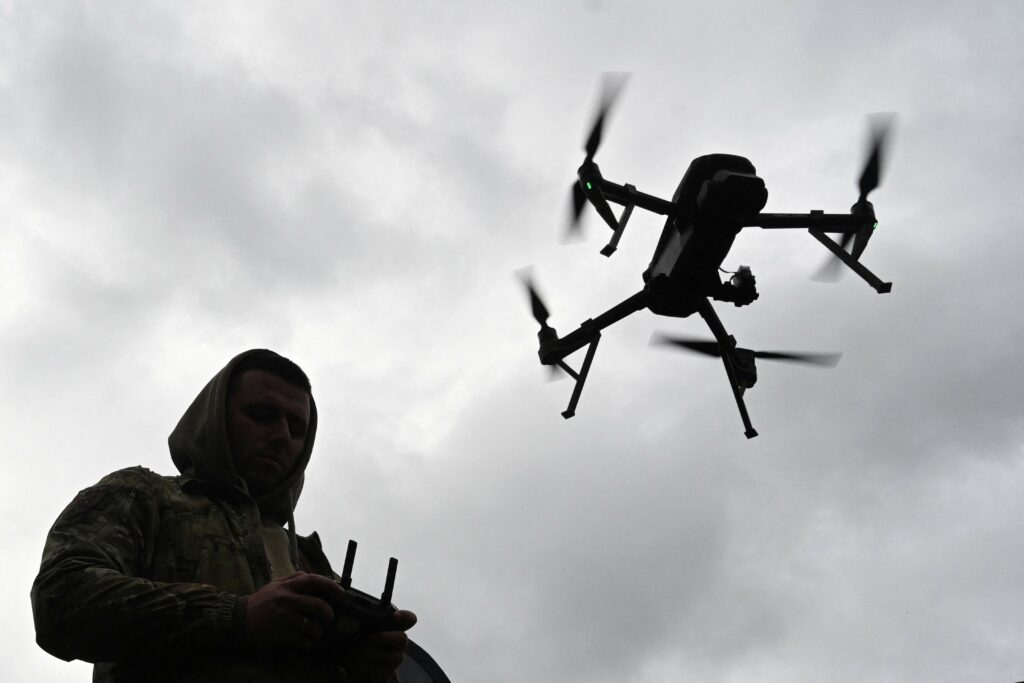Type “foreign fighters” into Google, and the results skew toward those who joined the Islamic State in Syria or Iraq. A few results, however, reveal the role of foreign nationals in the ongoing conflict in Eastern Ukraine. Why do we know less about international fighters in Donetsk or Lugansk than about European jihadists in the already defeated “caliphate”? There are three main reasons. First, they are not perceived as a threat in the public discourse. As long as there is no terror attack conducted in the West by foreign fighters with experience on Ukrainian battlefields, the news media are less inclined bother us with their stories. Yet, the Christchurch mosque shootings seem to have drawn inspiration from radical forms of ethno-nationalism that drew many to join Russia-backed separatist units in Eastern Ukraine. Second, their departure seems to be tolerated in their countries of origin or at least local governments do not feel the need to talk about it. Finally, their propaganda is not that loud. Relying on social media for recruitment and communication, contingents in this war hardly can afford the media machinery of IS. There are no fancy magazines or professionally filmed videos. Nonetheless, active profiles of fighters on Instagram and Facebook make the battlefields of Ukraine appealing enough.
More than 1500 insurgents from 27 nationalities have taken part in the conflict (up to June 2016), in addition to the thousands of Russian “volunteers”. According to the available data, most have been from Belarus, Georgia, Serbia and Croatia. About 300 Balkan fighters have joined various units. Serbs have fought on the separatist side in Ukraine. They support Russia in the name of a Pan-Slavic and Orthodox Commonwealth. Warriors from this “corner” of Europe have embraced the Russian cause of the conflict as if it was their own. The opposite with Croats, who have participated on the Ukrainian side; a gesture of friendship from the time of the Yugoslavian Wars.
The Sense of Orthodox Christian Brotherhood
Many Balkan fighters say they have gone to Eastern Ukraine out of a deep sympathy with the Russian cause there. Serbs from Serbia, Montenegro, Bosnia and Herzegovina are known to have carried out combat and counter-intelligence missions for eight pro-Russian paramilitary units. Among them, the prominent Wagner mercenary group.
Serbian fighters have sparked tension between Ukraine and Serbia over the past few years. Serbia never condemned Russia’s actions in Crimea and refused to join with EU sanctions. Kiev has repeatedly warned security institutions in Belgrade, listing Serbian citizens as allegedly members of pro-Russian separatist groups. In a 2017 interview, Ukraine’s ambassador to Belgrade argued that Serbia is doing nothing to stop its citizens from fighting in East Ukraine. He warned this Balkan nation that Moscow is ‘using Serbia’ for its battles elsewhere. In 2018 SBU’s Igor Guskov claimed that at least seven Serbian mercenaries are known to have been fighting under orders from the Wagner group. Serbia has passed a law prohibiting its citizens from fighting in foreign conflicts. Yet the country’s reactions to this information were reticent. So far, there are criminal proceedings against 45 individuals. Of them 27 have pleaded guilty and negotiated with the prosecution. 28 were convicted. 24 of them have received conditional sentences. Only four have been sentenced for going to Eastern Ukraine.
The presumptive number of Balkan fighters seems rather high. But local media and institutions do not dwell on this issue beyond stories of several Serbian “heroes” of the Ukrainian battlefields. One of them is Radomir Pocuca, a former special police spokesperson. Patriotism is a key word in his argumentation. In his words, he went to Ukraine to help Serbia’s “Russian brothers”, largely as payback for Moscow’s support for Serbia in its dispute with Kosovo. Another fighter from Montenegro, convicted for participation in the war in Ukraine, said he had gone there to “help people for moral and patriotic reasons”. Serbian fighters in Ukraine also refer to Russian volunteers who came to the Balkans in the 1990s to support the Serbs in the Bosnian war.
Indeed, many of the Serbian fighters had previous fighting experience before going to Ukraine. One example is Ranko Momic, a Bosnian Serb, a former member of Arkan’s Serbian Volunteer Guard. He escaped trial for alleged war crimes in Kosovo and fled to Donetsk in 2015. Dejan Beric is another prominent Serbian fighter with past experience in the Bosnian war. He was running a small business in northern Serbia but in 2014 closed it and left for Ukraine. Beric is known to be currently living in Donetsk. He claimed to had traveled to the battlefield after an invitation from two Russians who fought in the Balkans in the 1990s.
The recruitment: From Belgrade via Moscow and Rostov-on-Don
Recruitment of Balkan fighters does not differ much from other cases. Social media has become a key venue to get in touch with people on the battlefields. They inspire support via posting stories from Ukrainian separatist zones. They also use videos to inform their followers about organizational dynamics and invite them to join the cause.
The initial step for many is to get in touch with pro-Russian humanitarian organizations on the ground. At the later phase of the conflict they have been able to connect with each other. Fighters from the Balkans have been choosing between two options to reach the separatist zones. The route most frequently includes a stop in Rostov-on-Don before travelling to Eastern Ukraine. The second option is to enter Ukraine legally on a 30-day visa-free travel. From there, they sneak into the contested areas where Ukrainian and forces supported by Russia fight.
A focal point in the story of Serbian fighters is the Russia-based Kosovo Front Organization. The formal mission of the organization is to assist support from Russia for Serbs in Kosovo. Nonetheless, media and security sources point to a link between the Kosovo Front Organization and the recruitment of Serbs fighting in Eastern Ukraine. In a 2017 interview, Aleksandar Kravchenko, a founder of the organization, states that it does not provide any funds for organizing trips of fighters from Serbia. But Kravchenko adds they are willing to help Serbs who arrive in Russia who do not know the language. Kravchenko adds that with the outbreak of the conflict, Kosovo Front supported the referendum in Crimea. It did, he said, take part in what he described as humanitarian actions in Donbas region.
Another trace in the story is “Unité Continentale”, one of the paramilitary groups fighting on the pro-Russian side in Ukraine. In June 2018, Ukraine’s General Prosecutor’s Office has launched investigation of 54 suspected members of the pro-Russian foreign legion operating in Eastern Ukraine. Among them were six Serbian citizens. These included Bratislav Zhivkovic, the self-proclaimed commander of Serbia’s Chetnik movement, who was convicted for recruitment. The separatist fighters allegedly took part in attacks on Ukrainian forces in the region of Donetsk and Lugansk from July 2014. Although there is no well-organized, hierarchical grassroots recruitment network in the Balkans that can be easily identified, it is evident that the six involved in “Unité Continentale” were connected to each other.
The Radical Milieu
Serbian foreign fighters seem to be either ideologically or organizationally linked to or egged on by right wing movements, veteran and patriotic organizations, or radical political parties. In drawing volunteers and mercenaries to support its cause in Ukraine, Russia has increased its influence on the radical milieus across the region. The “tango” between Moscow and the Far-Right in the Western Balkans follows a similar trend to other European countries. Local ethno-nationalisms have been awakened by orthodox Christian brotherhood rhetoric. This rhetoric has been promoted more noticeably following the annexation of Crimea and the war in Ukraine. It merges to supranational struggles and inspiring volunteers for action. In 2017, 60 websites in the region promoted “the idea of ethnically pure nation states, neo-Nazism, violent homophobia and other radical right-wing policies,” run by a new generation of regional extremists who are “even more radical than those who split up the former Yugoslavia.”
To sum up, foreign fighters in Ukraine are among the visible outcomes of invisible processes of radicalization inspired and encouraged by Russia. They are only the tip of the iceberg of radical communities sharing the same ideological worldview. The Far-Right in the Western Balkans and separatist groups in Eastern Ukraine have similar sources of inspiration. However, the political and institutional acceptability of this phenomenon at the international level is worrisome. Moreover, it looks like neither the EU nor Facebook has put any efforts in addressing the foreign fighter phenomenon beyond ISIS. Are we waiting for “breaking news”?
The fourth part of the series ‘Safety first’: the changing role of veterans’ organisations in Russia
Part five of ‘Safety first’: security, threats and academia
Part 6 of “Safety first”: State – and Human-level Security in Russia










